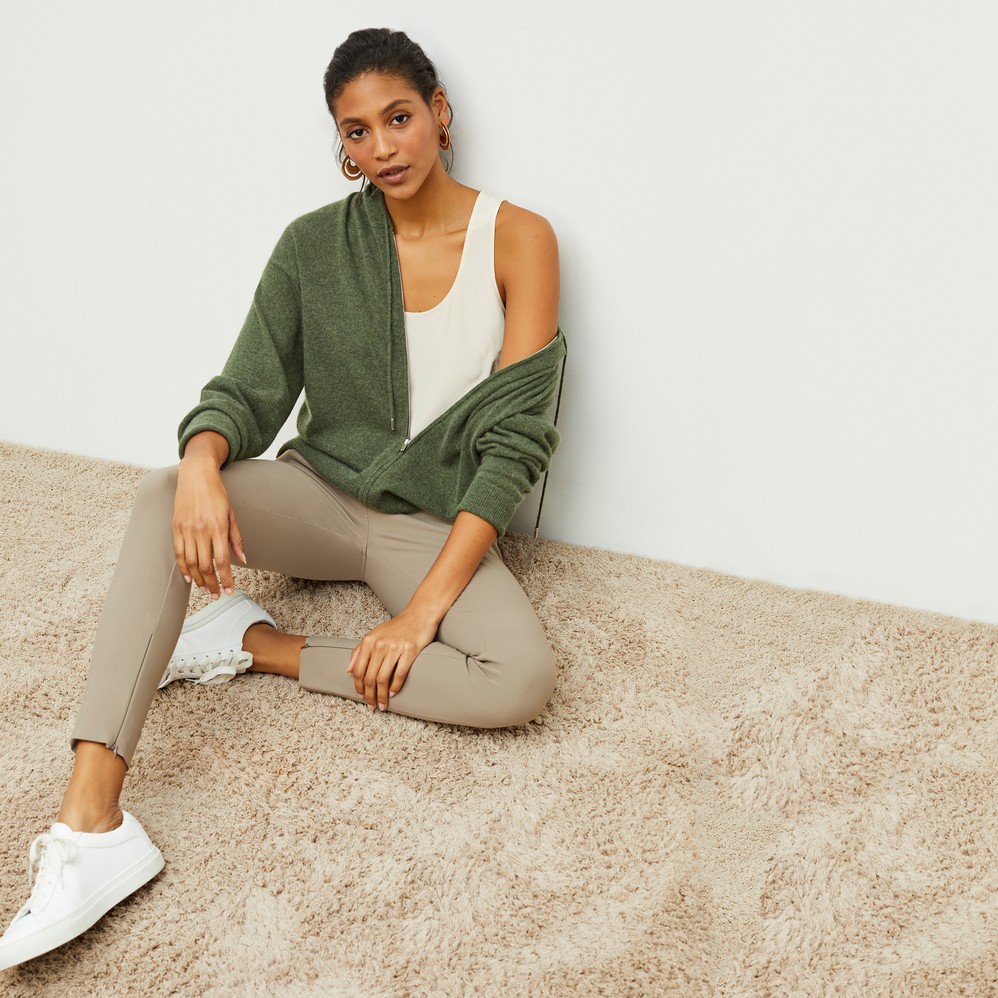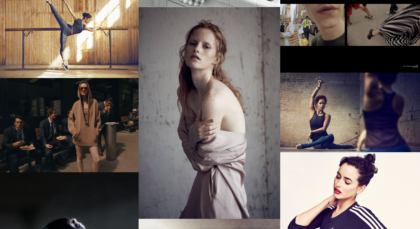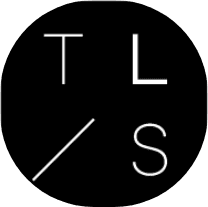If The Line Studios learned one thing from our CREATIVE + COMMERCE CONNECTIONS conversation with M.M.LaFleur it’s this: Elevating your e-commerce photography can significantly improve sales.
A brand’s product photography needs to engage customers at every point in the purchase journey. With a flexible mindset and a keen eye for opportunity, M.M.LaFleur has brought its unique brand vision to life through its product photography. And in doing so, they have grown their e-commerce footprint considerably.
M.M.LaFleur’s brand refresh includes a more versatile, less rigid approach to product photography.
We spoke with Callie Kant, VP of Brand and Creative at M.M.LaFleur for the inaugural interview in our CREATIVE + COMMERCE CONNECTIONS series – where we chat with industry experts about the changing role of photography, creative and content in today’s e-commerce-driven retail landscape.
We invited Callie to join us for the conversation because we have immensely enjoyed working with her and the M.M.LaFleur team for the past few years, and are always impressed by their approach to integrating data and creative. Callie gave us tremendous insight into what’s driving the brand’s online success.
While we definitely recommend watching the entire conversation, we pulled out five ways that M.M.Lafleur’s has changed its approach to its e-commerce photography which has helped its business over the past year. We think these lessons offer great insights for other businesses as they examine the data behind their own sites, and think about new ways to use their e-commerce photography across platforms.
1) Embrace the Moment
It may seem obvious, but companies need to match their merchandise with what people are looking for today – even if this means adjusting how customers perceive your products.
M.M.LaFleur has been a workwear-focused brand since its inception, but how did the company pivot when many people found themselves working from home? It’s all about Casualization.
“We need to show people what they’re looking for right now…. I think showing how you can style items to be more casual is super-important” says Callie, “showing versatility – the fact that our customers can wear things now, and also wear them later when the world gets a little bit more normal.”
In taking this approach, the brand was able to shift its relevance to what customers want today, but without diluting the authenticity of their professional brand identity. When worn with a pair of heels a pair of trousers is dressy; but paired with sneakers and a hoodie, the same pant can be casual.
For sure, the strategy required a leap of creative faith with both messaging and photography, but the decision was vindicated by a significant increase in sales.
Pairing classic silhouettes with denim and sneakers helps to show how it fits into a more casual wardrobe.
2) Track the Impact of Changes through Data
M.M.LaFleur went through somewhat of a brand refresh in 2020, including a website redesign. With that, the brand tested a new kind of photography approach — and carefully tracked its impact on the business.
By choosing to modify the aesthetic tone of the product shots while updating the functionality of the site, M.M.LaFleur was able to “tell a complete story on the page, which does so much in painting a picture for the customers,” explains Callie.
And the results? “We saw about a 65% increase in add-to-cart rates by making these changes. Around 40% of that add-to-cart increase can be attributed directly to image changes. So that’s huge and really, really exciting to see.”
3) Align your E-Commerce Photography to the Brand
Callie attributes the success of the new site photography refresh to aligning it more with their brand mission and the products themselves — and not just defaulting to standard, straightforward e-commerce photography.
“Our team really took a look and thought about how we could make the e-commerce images feel a little bit more like the rest of our branding. We’ve concentrated a lot more on bringing in some movement and playfulness to the images, which I think is really important because one of the key things about our product is it’s stretchy and it’s comfortable. The movement really shows that a lot more.”
M.M.LaFleur’s products are now shot in a way that expresses their brand voice AND captures the movement and freedom of their clothing lines. It’s a simple concept, but very powerful when executed correctly.
Using a combination of movement, props, crops, unique styling touches, and diverse models, M.M.LaFleur’s product photography helps bring its brand values to life on the Product Detail Pages.
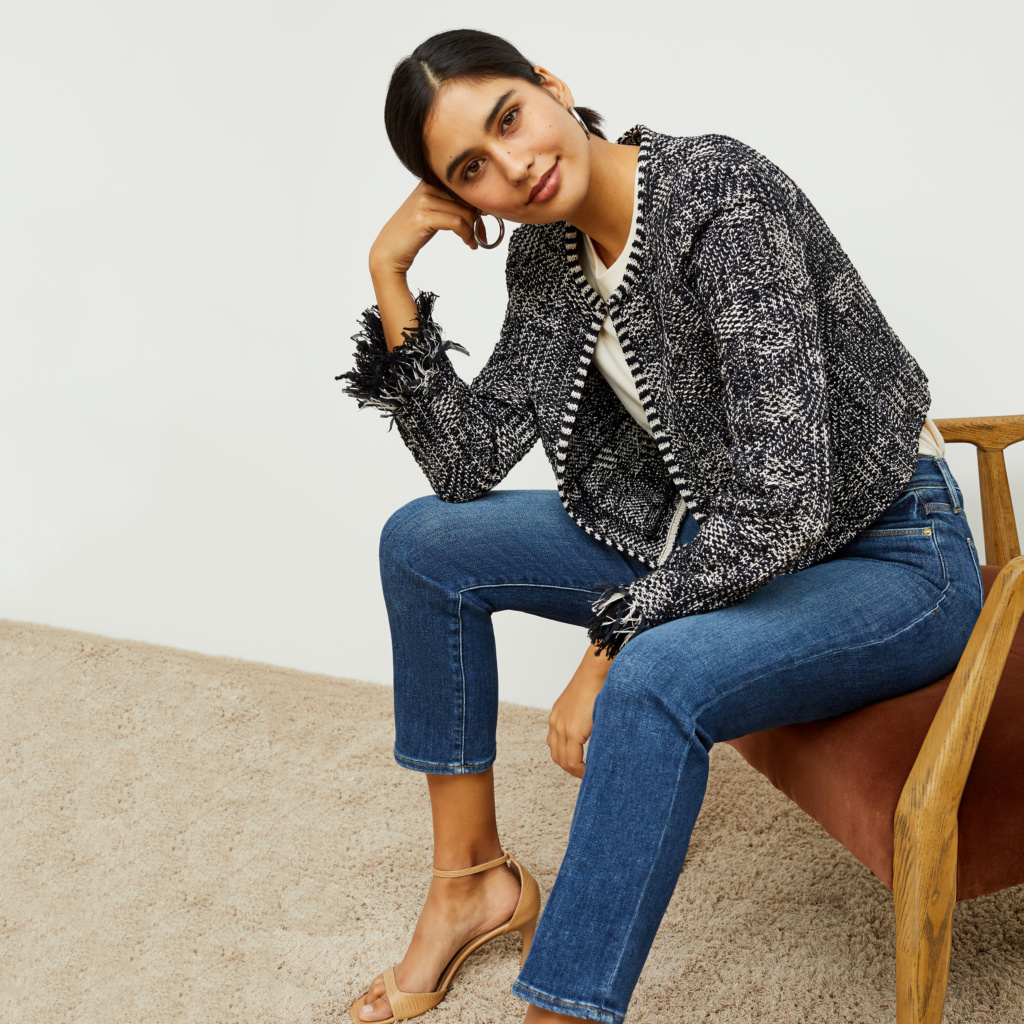
Through movement, props, cropping, unique styling touches, and diverse models, M.M.Lafleur brought its brand values to life via its product photography.
4) Use the Assets Universally
Like most brands, M.M.LaFleur found creating lifestyle photography more challenging during the pandemic so they turned to using their e-commerce photography in more channels.
By having a less rigid, standardized approach to PDP photography, the creative team was able to utilize those assets in ads and social media to great success. “Beyond the PDP, we’ve also started using the images in other capacities. We sometimes used them on social because we’ve obviously had less opportunity to do social shoots…” and because the images greatly reflect their unique brand, they fit seamlessly into their feed.
Read More: Hi-Production vs. Lo-Production content and Why Brands Need both
Callie also explains how these images are helping in digital ads as well: “…You may see [in ads] a dynamic feed of images that you visited on a site before, or just a brand’s top sellers, and those pull in our e-com images. And it’s really people’s first exposure to the brand in many cases. So we wanted to be sure that they felt like they represented us, and they’ve been performing really well.”
This ability to use the images across platforms is a cost-efficient tactic as well. “Obviously, shooting an image and only having one use case for it is not very cost-effective. So, the fact that we’re able to sort of mix and match and multi-purpose a bunch of images is really helpful.”
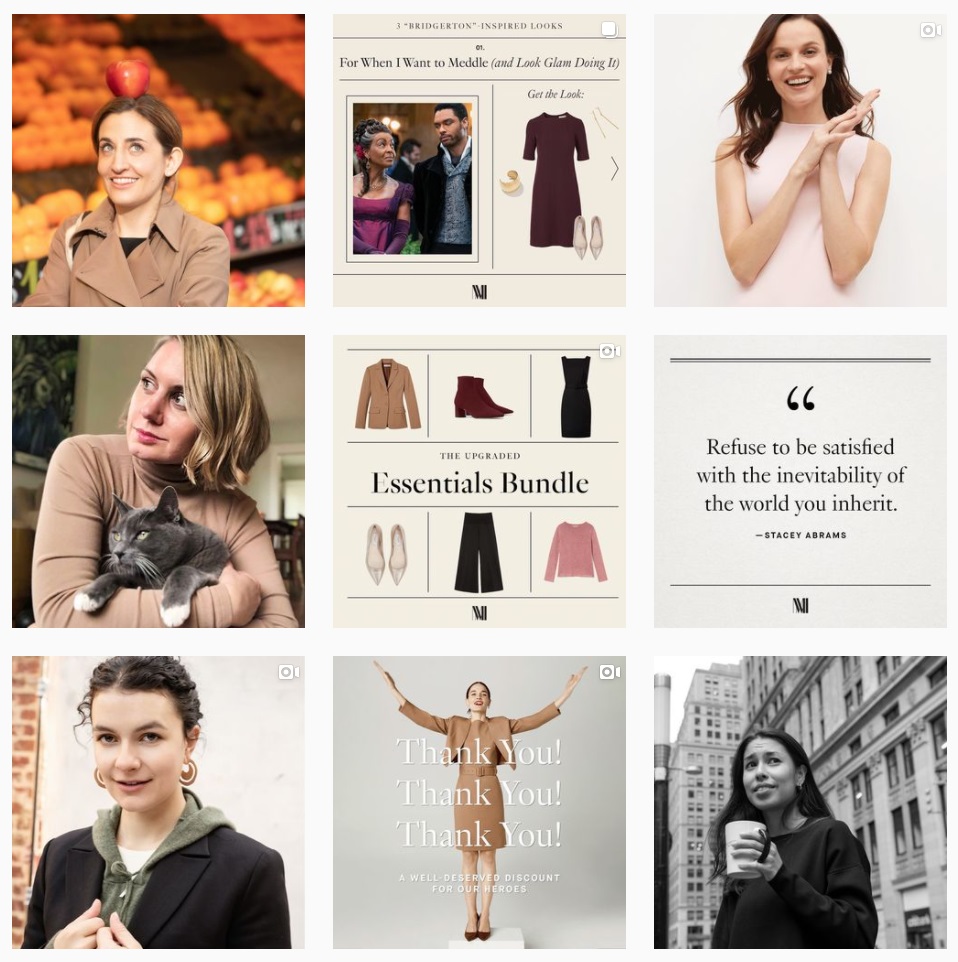
The versatile photography looks just as at home on their social feed as it does on the Product Detail Pages.
5) Highlight Each Product’s Uniqueness
Whereas previously M.M.LaFleur had always shot the same product views for every garment (e.g. front, back, side), with their new take on on-site photography, they are customizing each Product Detail Page to the product itself. Callie says, “We aren’t quite as strict about which views we capture. So we base it much more on the products themselves.” For instance, if a product has a really interesting detail in the back, we’ll make sure the on-set team highlights that. “I think for e-com, you definitely need to show very specific things about the garment that people are curious about. Like, does it have a zipper? Does it have pockets?” Showcasing these very tactical things is important to the customer and varying what we capture on-set keeps things interesting on the PDP.
Sharing more styling options for a product can also help the customer understand its versatility. The M.MLaFleur team will carefully curate a styling strategy that pairs one product in multiple outfits, often on multiple people, allowing the customer to be inspired by the many ways it will fit into her wardrobe.
And lastly, they also know that one size does not fit all. M.M.LaFleur recognizes the importance of showing its products being worn by an array of different body types to ensure universal appeal. They achieve this by including product photography featuring women of different sizes, ages, and ethnicities, often from their own team. “We’ve also added some of our employee imagery onto our PDPs on the site so that people can really see how it looks on a bunch of different body types,” Callie explains.
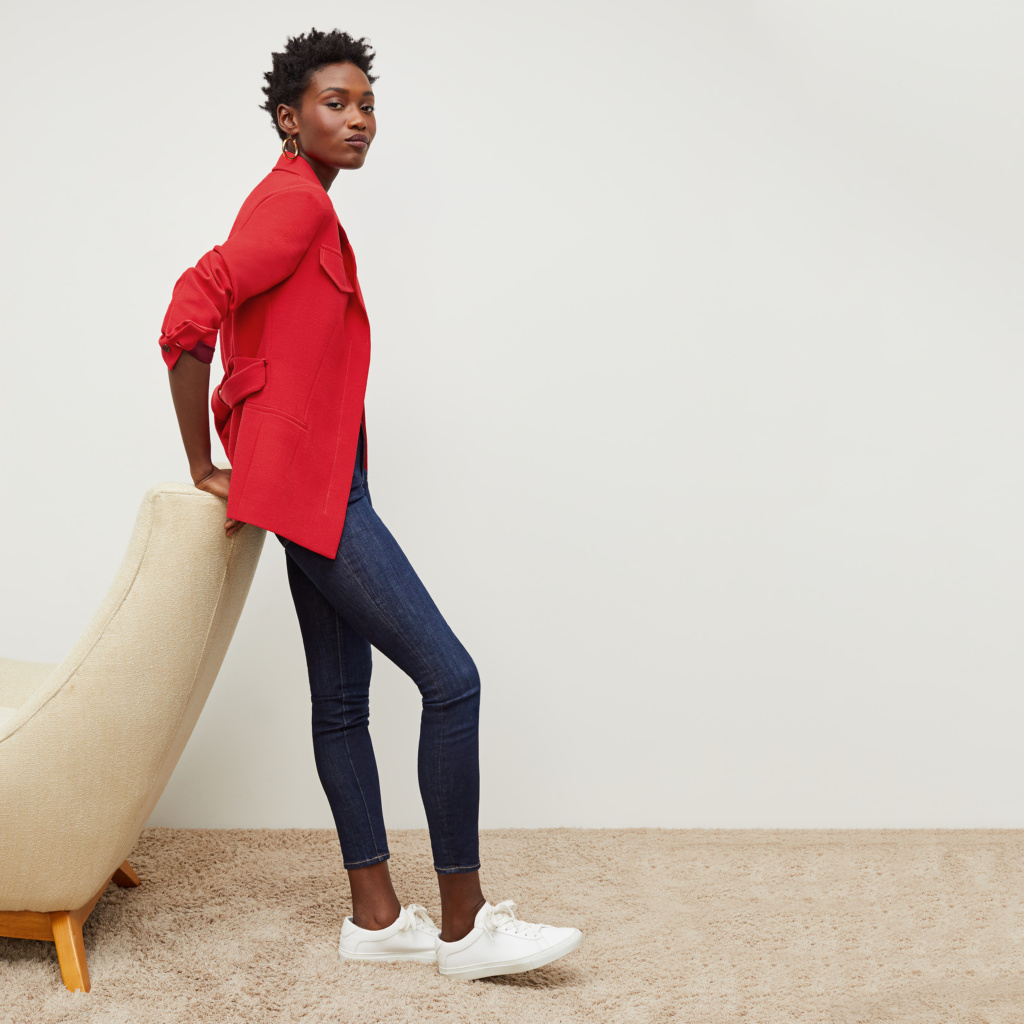
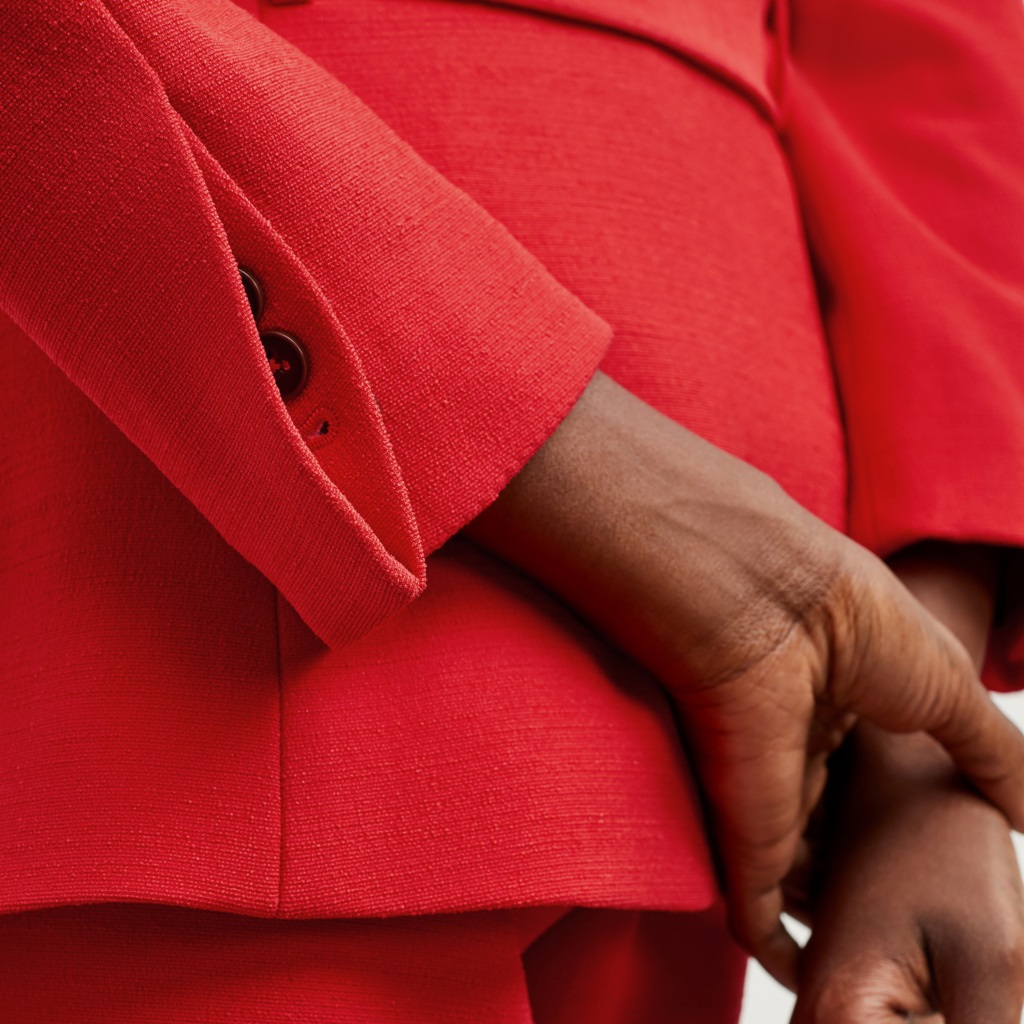
Let Data Help you Decide Your Approach to E-Commerce Photography
There can be no denying it, M.M.LaFleur’s decision to change its approach to e-commerce photography has helped its business over the past year. By revitalizing their product photography, they’ve been able to engage customers across multiple platforms, resulting in stellar increases in sales.
Partnering with M.M.LaFleur is a great privilege for The Line Studios. If you have questions on how The Line Studios helped support their brand refresh, email us at hello@thelinestudios.nyc and we’d be happy to discuss!
Stay tuned for the next CREATIVE + COMMERCE CONNECTIONS video series, in the interim please enjoy the full video here.

